Home>Gardening & Outdoor>Landscaping Ideas>Why Does Pee Kill Grass
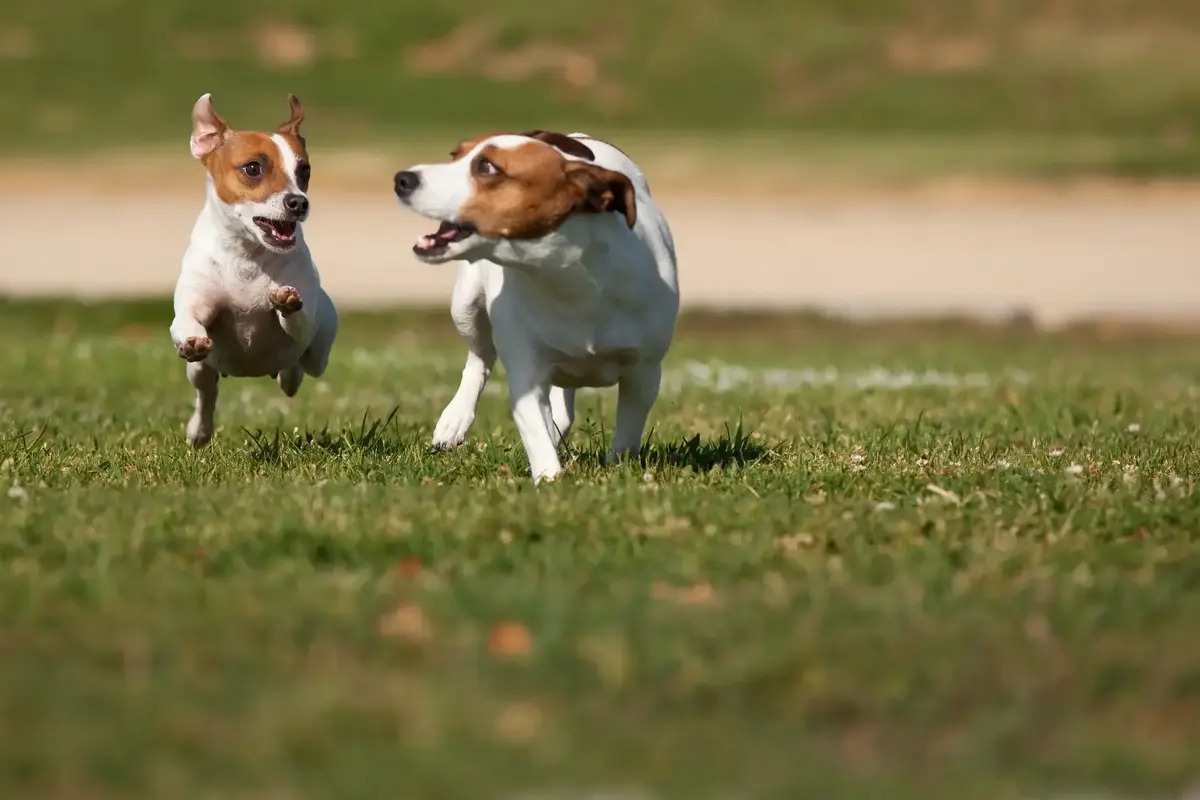

Landscaping Ideas
Why Does Pee Kill Grass
Modified: October 19, 2024
Learn why pee kills grass and discover landscaping ideas to prevent it. Find effective solutions for maintaining a lush and green lawn.
(Many of the links in this article redirect to a specific reviewed product. Your purchase of these products through affiliate links helps to generate commission for Storables.com, at no extra cost. Learn more)
**
Introduction
**
Have you ever wondered why your dog's pee seems to leave behind unsightly brown patches on your once-lush green lawn? The phenomenon of urine killing grass is a common concern for pet owners and an intriguing topic for anyone interested in landscaping. Understanding the science behind this issue can shed light on how to prevent it and maintain a vibrant, healthy lawn.
In this article, we will delve into the composition of urine, explore the specific effects it has on grass, and discuss practical ways to mitigate the damage. Whether you're a pet owner seeking solutions or simply curious about the interaction between urine and grass, this article will provide valuable insights into a frequently encountered landscaping challenge. Let's uncover the mysteries behind why pee kills grass and how to address this issue effectively.
Key Takeaways:
- Dog urine contains nitrogen that can harm grass, but pet owners can prevent damage by adjusting their pet’s diet, encouraging hydration, and designating specific bathroom areas.
- Prompt watering, professional treatments, and specialized products can also help mitigate the effects of urine on grass, allowing pet owners to maintain a lush, healthy lawn while enjoying their furry companions.
Read more: Why Does My Dog’s Pee Turn The Grass Yellow
The Composition of Urine
Before delving into the effects of urine on grass, it’s essential to understand the composition of urine. Urine is primarily composed of water, accounting for approximately 95% of its volume. The remaining 5% consists of various compounds, including urea, creatinine, uric acid, and salts.
Urea, a key component of urine, plays a significant role in the process of grass damage. When a dog urinates on the lawn, urea undergoes a chemical reaction that ultimately leads to the browning of the grass. This reaction is influenced by several factors, including the concentration of urea in the urine, the size of the dog, and the frequency of urination in a specific area.
Additionally, the pH level of urine can vary among individual dogs and can impact its effects on grass. While the pH of a dog’s urine is typically slightly acidic, it can fluctuate based on factors such as diet, hydration, and overall health. These variations in pH levels can contribute to differing degrees of damage to the grass.
Understanding the composition of urine provides valuable insight into the mechanisms that lead to grass discoloration and damage. The presence of urea and other compounds, combined with factors such as pH levels and urination patterns, sets the stage for the specific effects of urine on grass, which we will explore in the following section.
The Effects of Urine on Grass
When a dog urinates on the grass, the ensuing chemical reactions and concentrated nitrogen levels can have detrimental effects on the lawn’s appearance and health. The primary culprit behind the damage is urea, a nitrogen-rich compound found in urine. As urea breaks down, it releases high levels of nitrogen into the soil, creating an imbalance that leads to the browning and burning of the grass.
The concentrated nitrogen in the urine acts as a fertilizer initially, promoting rapid growth in the affected areas. However, as the nitrogen levels become excessive, the grass experiences “nitrogen burn,” a condition characterized by the scorching and discoloration of the blades. This process is akin to over-fertilization, which overwhelms the grass and causes visible damage.
Furthermore, the high nitrogen content in the urine can disrupt the natural nutrient balance in the soil, impacting the grass’s ability to absorb essential elements. This disruption hinders the grass’s overall health and resilience, making it more susceptible to damage from environmental stressors, such as heat and drought.
In addition to nitrogen, the pH levels of the urine can exacerbate the grass’s reaction to the dog’s waste. The acidic nature of urine can further stress the grass, compounding the damage caused by the concentrated nitrogen. As a result, the affected areas may exhibit pronounced discoloration and thinning, detracting from the overall aesthetic appeal of the lawn.
Understanding the effects of urine on grass underscores the importance of implementing strategies to mitigate its impact. By addressing the specific mechanisms that lead to grass damage, pet owners and landscaping enthusiasts can take proactive measures to preserve the health and appearance of their lawns.
To prevent pee from killing grass, dilute it with water by immediately pouring a bucket of water over the area where the pee was deposited. This will help to minimize the concentration of nitrogen in the urine, which is what causes the grass to die.
Ways to Prevent Urine from Killing Grass
While the prospect of urine damaging your lawn may seem daunting, several practical strategies can help mitigate its effects and preserve the lush greenery of your outdoor space. Implementing these preventative measures can alleviate the concerns associated with pet urine and maintain a vibrant, healthy lawn.
Adjust Your Pet's Diet
One effective approach to minimizing the impact of urine on grass is to modify your pet’s diet. Certain dietary adjustments can alter the composition of the urine, potentially reducing its detrimental effects on the lawn. Consult with your veterinarian to explore dietary options that can help mitigate the nitrogen content and pH levels of your pet’s urine, thereby lessening its impact on the grass.
Hydration and Dilution
Encouraging your pet to stay well-hydrated can dilute the concentration of nitrogen in their urine, mitigating its potential to cause damage. Providing ample access to fresh water can promote increased urination, resulting in less concentrated and less damaging urine. Additionally, manually diluting areas where your pet urinates by promptly watering the affected spots can help disperse the nitrogen and mitigate its effects on the grass.
Designated Bathroom Areas
Establishing designated bathroom areas for your pet can concentrate the impact of urine in specific areas, minimizing its effects on the overall lawn. Training your pet to use a specific area for urination, such as a gravel patch or designated spot with alternative ground cover, can help confine the damage to a localized area, preserving the majority of your lawn.
Prompt Watering
Immediately watering the areas where your pet urinates can help dilute the urine and disperse its nitrogen content, reducing the likelihood of grass damage. This proactive approach can minimize the impact of urine on the grass, mitigating the risk of unsightly brown patches and promoting a healthier lawn overall.
Professional Treatments and Products
Exploring professional treatments and specialized products designed to counteract the effects of urine on grass can offer an effective solution for maintaining a pristine lawn. From soil amendments to targeted lawn care products, there are various options available to mitigate the impact of pet urine and preserve the beauty of your outdoor space. Consulting with landscaping professionals or lawn care experts can provide valuable insights into tailored solutions for your specific needs.
By implementing these preventative measures, pet owners can effectively address the challenge of urine damaging the lawn and maintain a vibrant, resilient grassy landscape. These proactive strategies empower individuals to enjoy the companionship of their pets while safeguarding the beauty and health of their outdoor environment.
Conclusion
The interaction between pet urine and grass presents a common concern for many homeowners, yet a deeper understanding of this phenomenon can empower individuals to take proactive steps in preserving the health and appearance of their lawns. By comprehending the composition of urine and its specific effects on grass, pet owners and landscaping enthusiasts can implement practical strategies to mitigate the damage and maintain a vibrant outdoor environment.
From dietary adjustments and hydration management to designated bathroom areas and prompt watering, a range of preventative measures can effectively reduce the impact of urine on grass. These proactive approaches enable pet owners to enjoy the companionship of their animals while safeguarding the beauty and resilience of their lawns.
Furthermore, exploring professional treatments and specialized products tailored to counteract the effects of urine on grass can provide valuable solutions for maintaining a pristine lawn. Consulting with landscaping professionals and leveraging targeted lawn care products can offer customized strategies to address the specific needs of individual outdoor spaces.
Ultimately, the coexistence of pets and a vibrant, healthy lawn is achievable through informed practices and proactive measures. By incorporating these strategies into their landscaping routine, individuals can strike a harmonious balance between pet ownership and the maintenance of a lush, thriving lawn.
With a deeper understanding of the dynamics between urine and grass, individuals can navigate this common landscaping challenge with confidence, ensuring that their outdoor spaces remain inviting, resilient, and visually appealing.
By embracing these insights and implementing proactive measures, pet owners and landscaping enthusiasts can cultivate a vibrant, healthy lawn that harmoniously accommodates the presence of beloved pets, fostering an environment where both nature and companionship flourish.
Frequently Asked Questions about Why Does Pee Kill Grass
Was this page helpful?
At Storables.com, we guarantee accurate and reliable information. Our content, validated by Expert Board Contributors, is crafted following stringent Editorial Policies. We're committed to providing you with well-researched, expert-backed insights for all your informational needs.
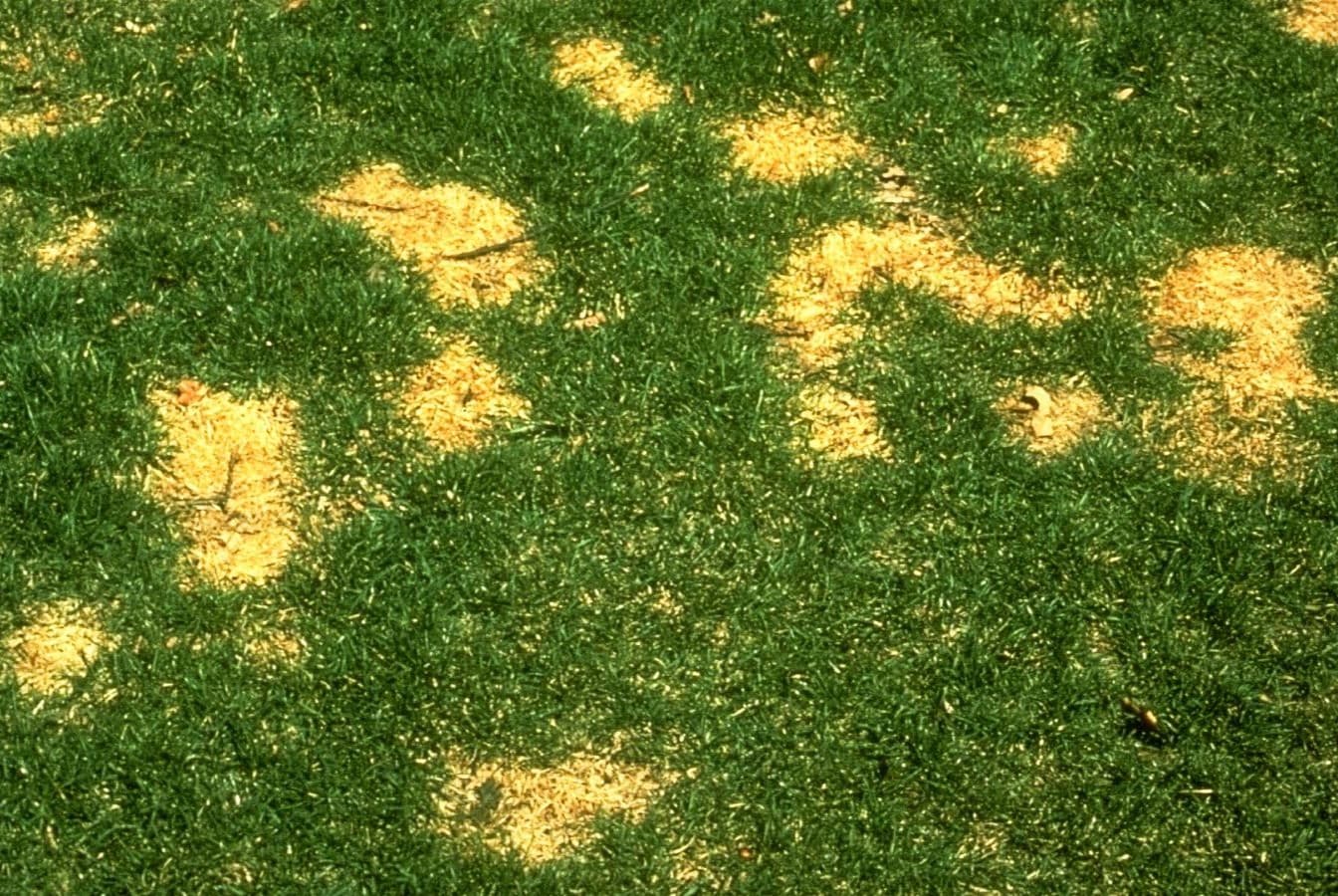
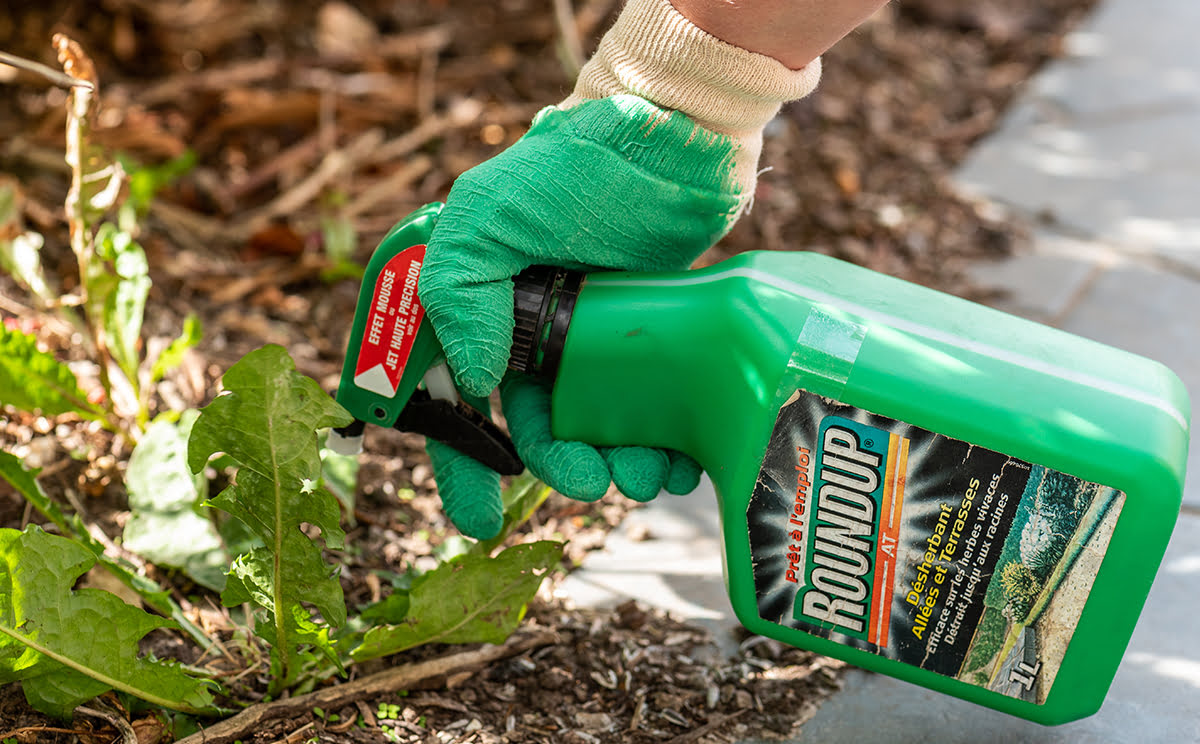

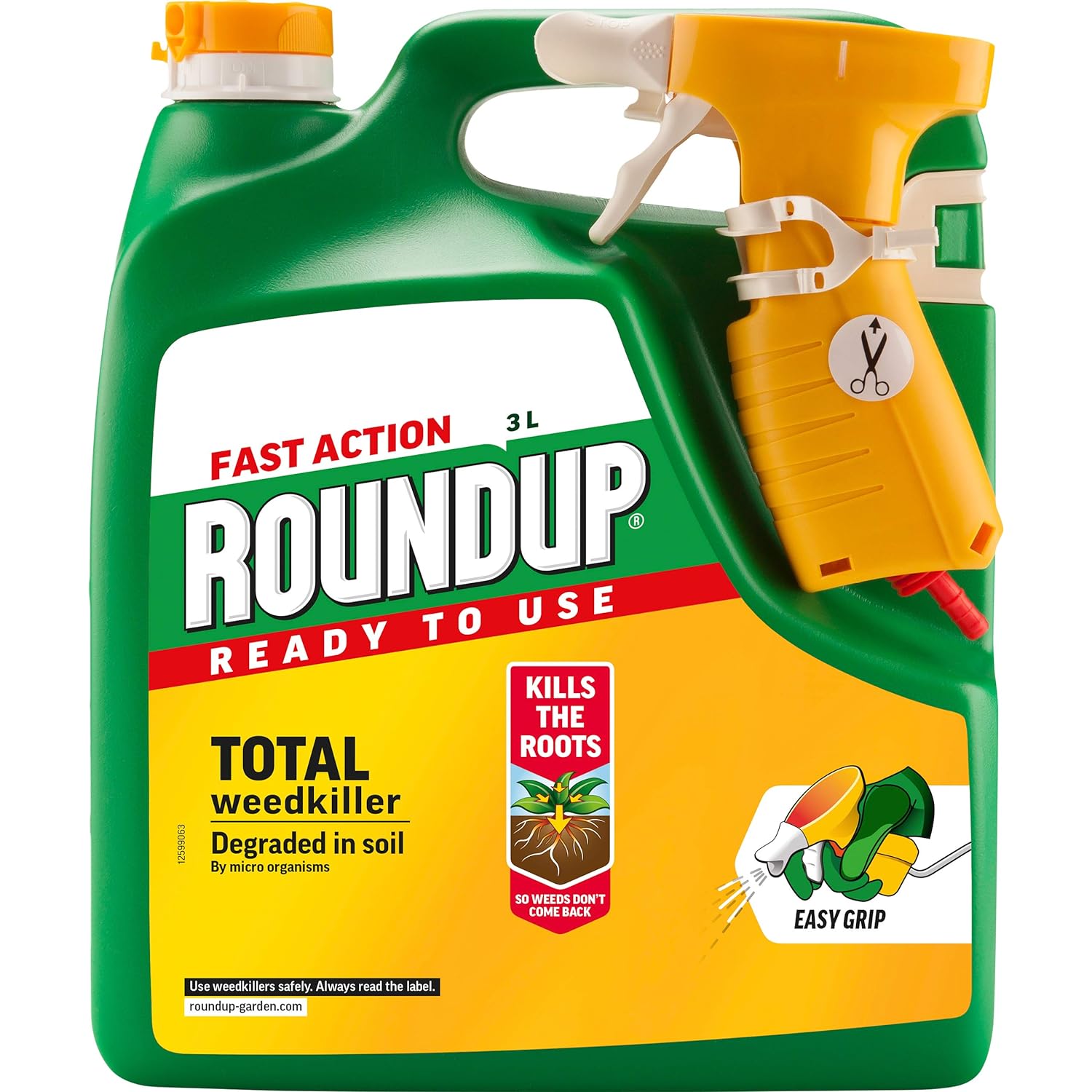


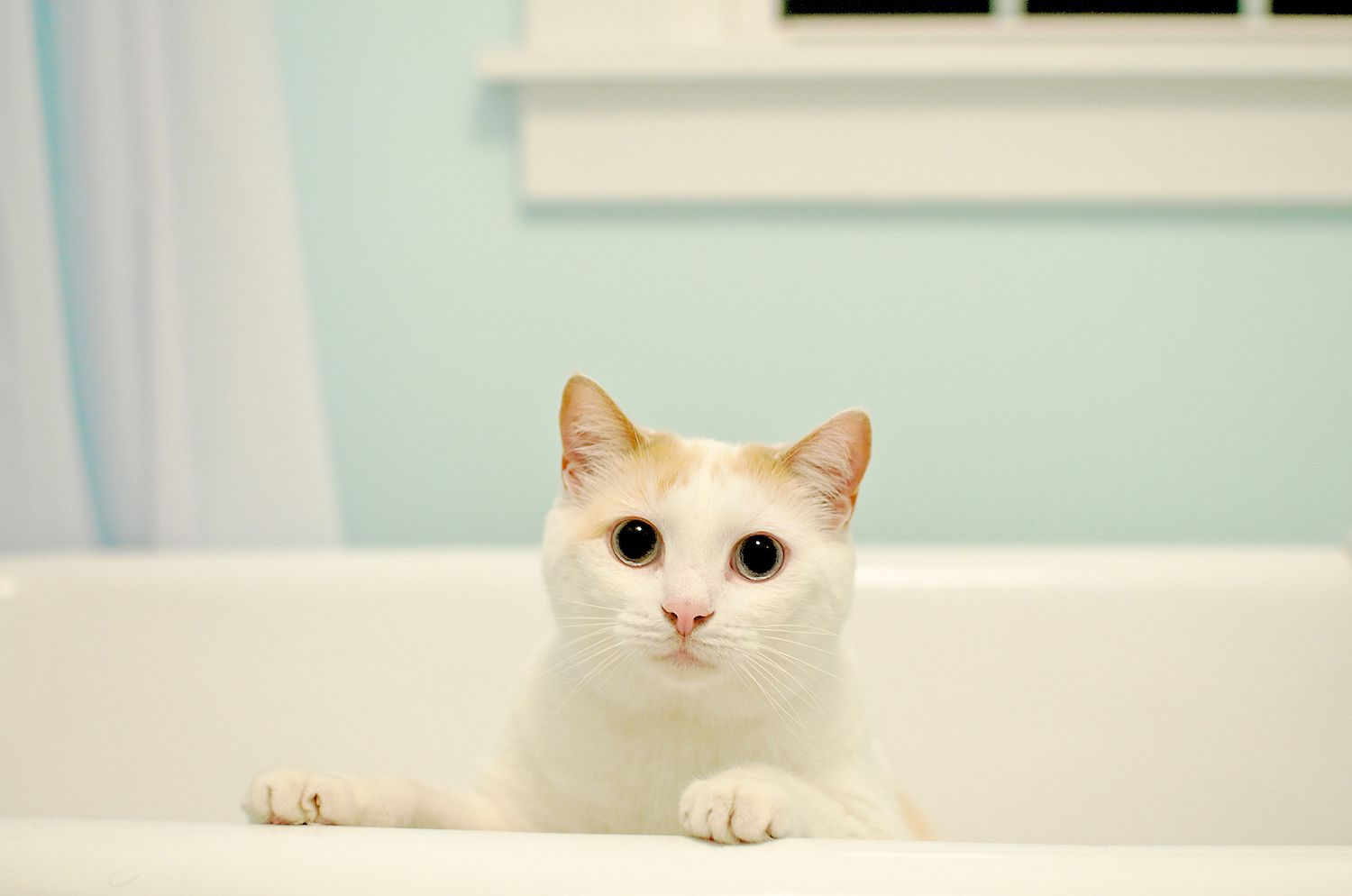
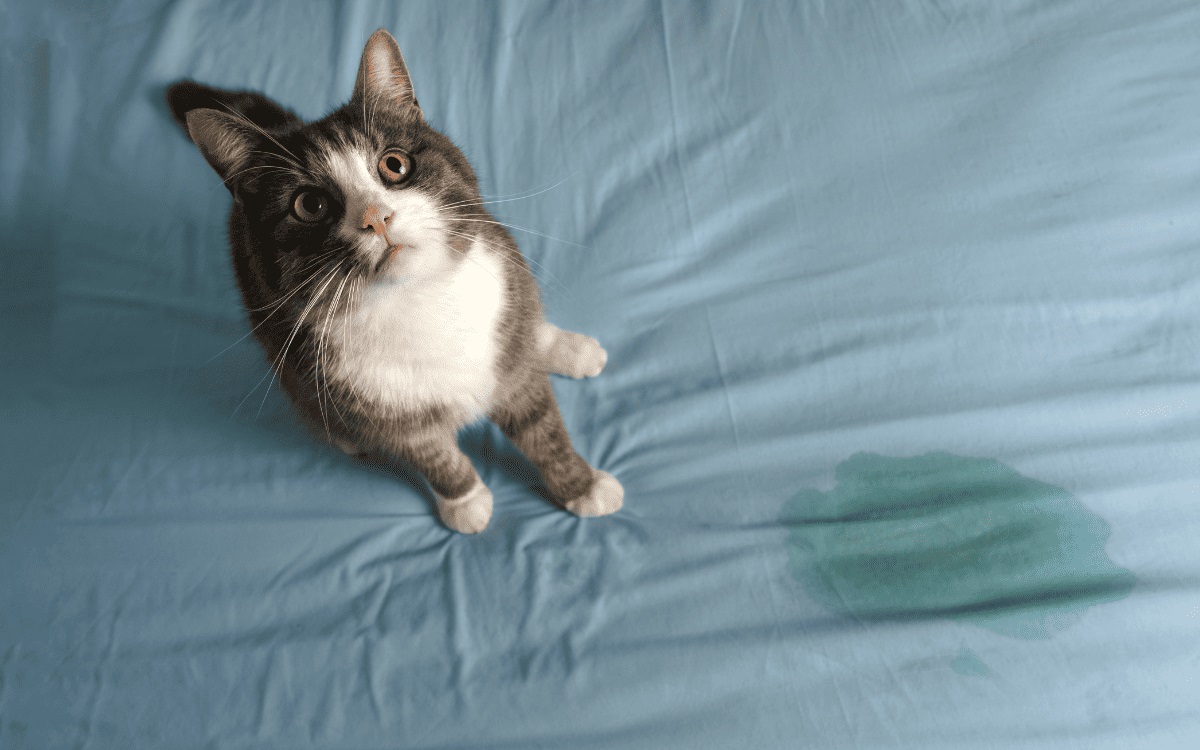
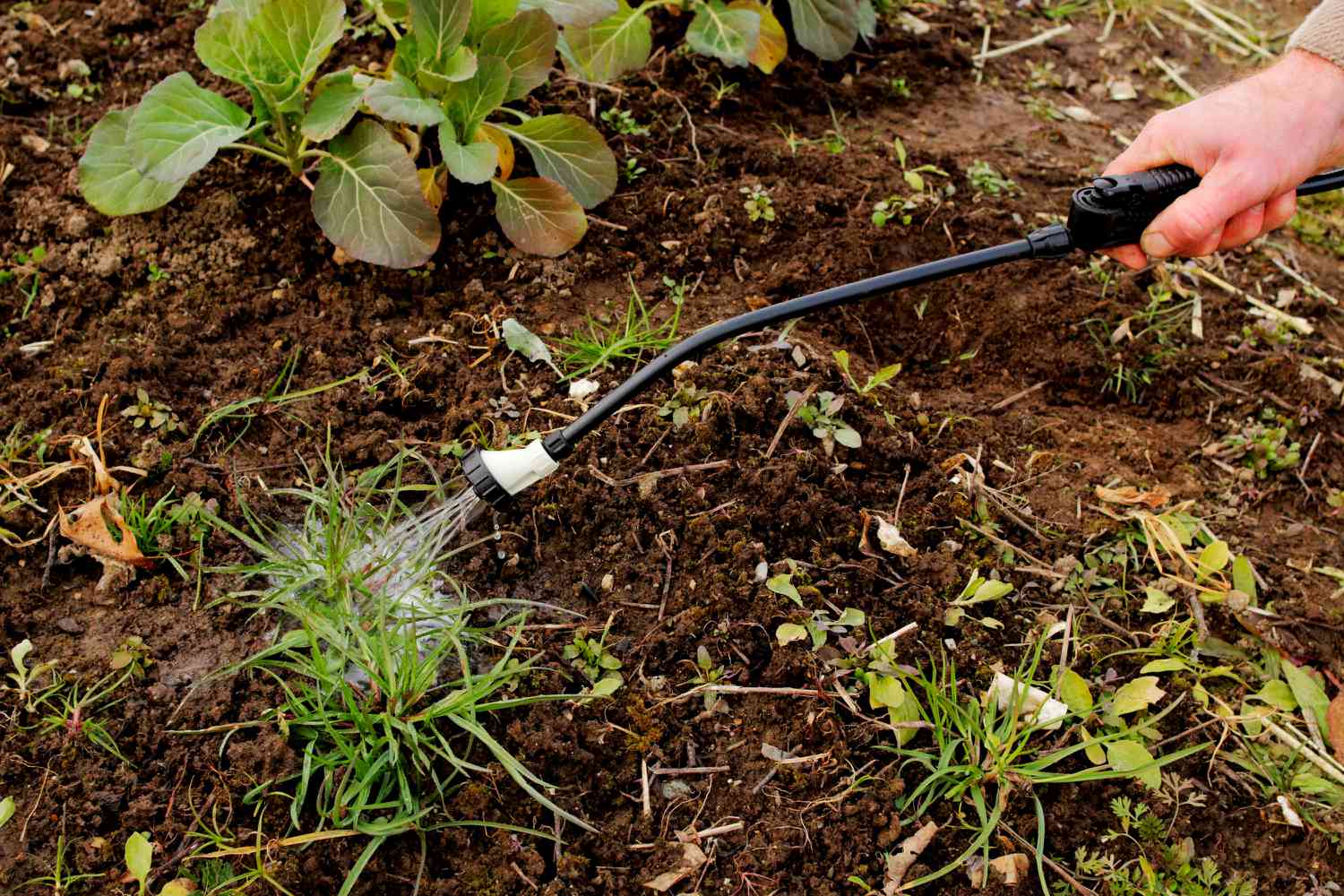
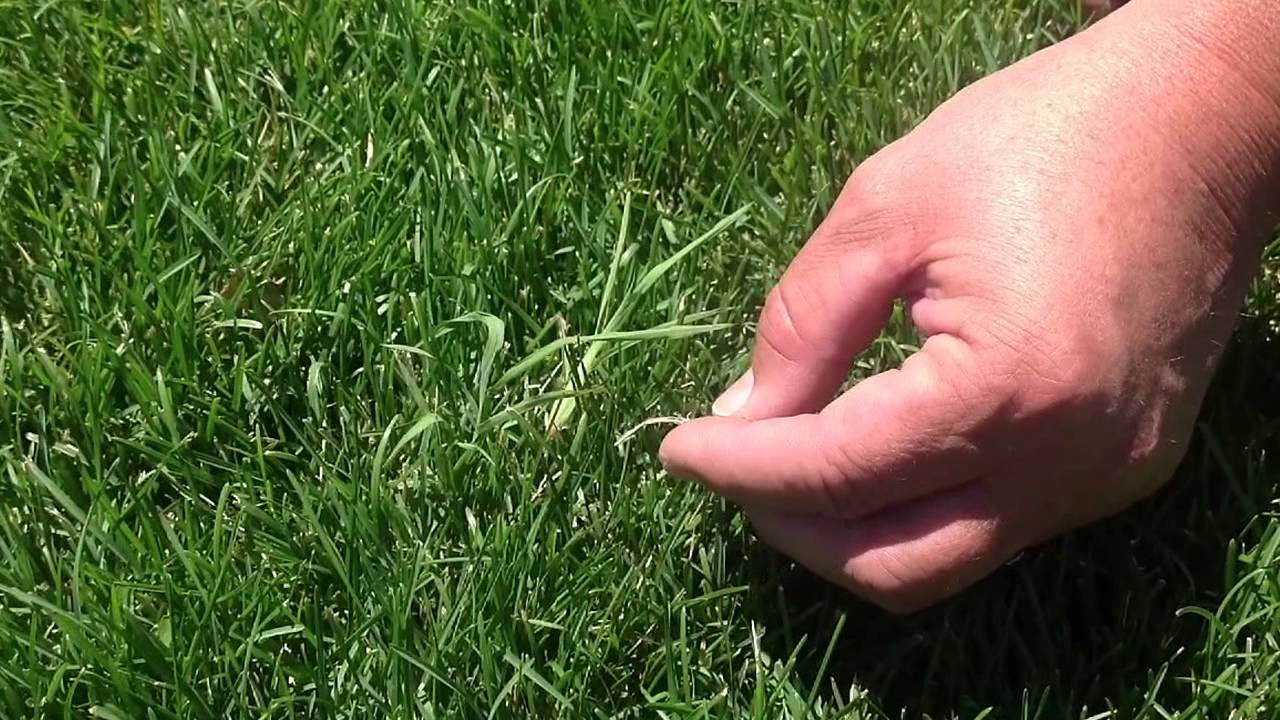
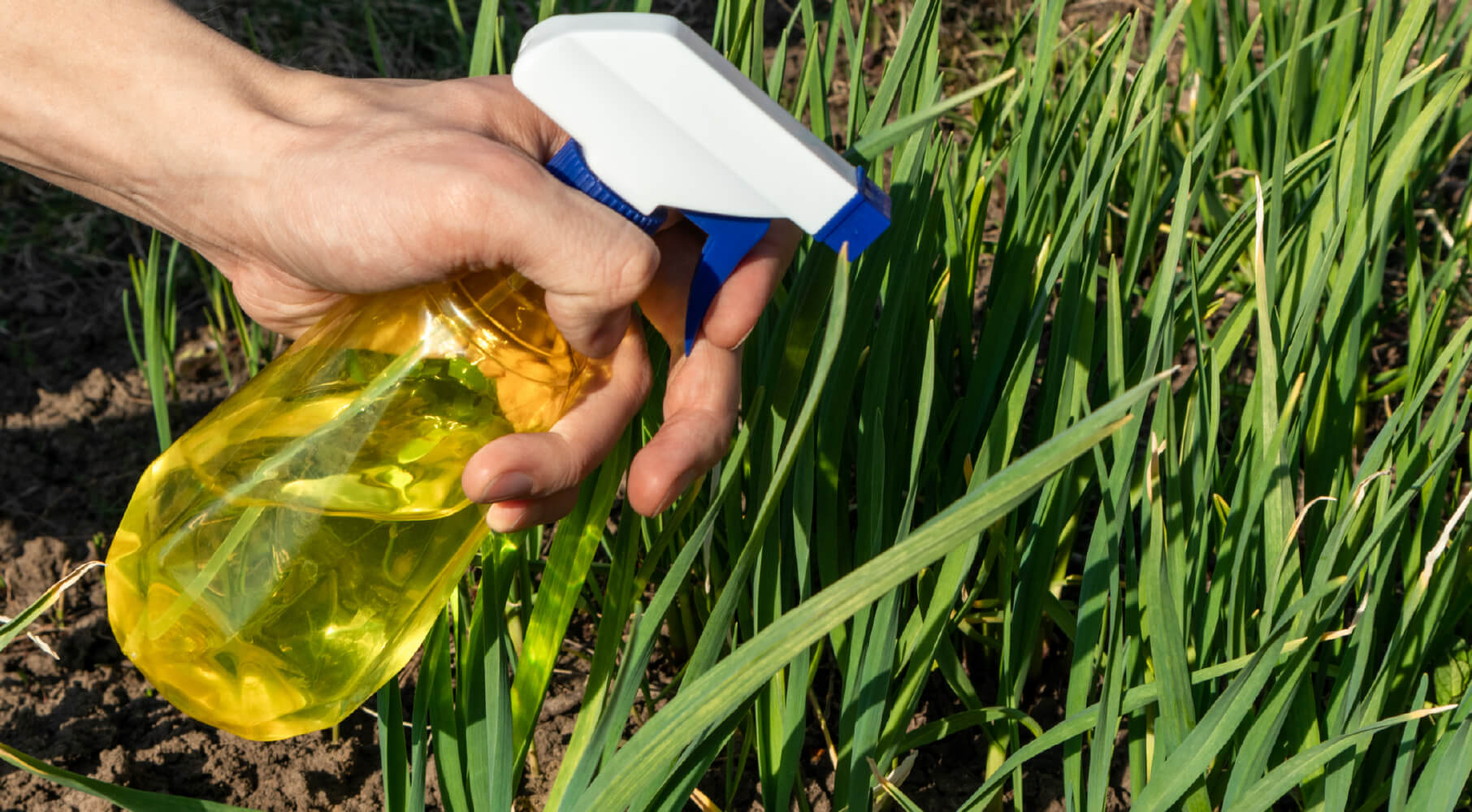
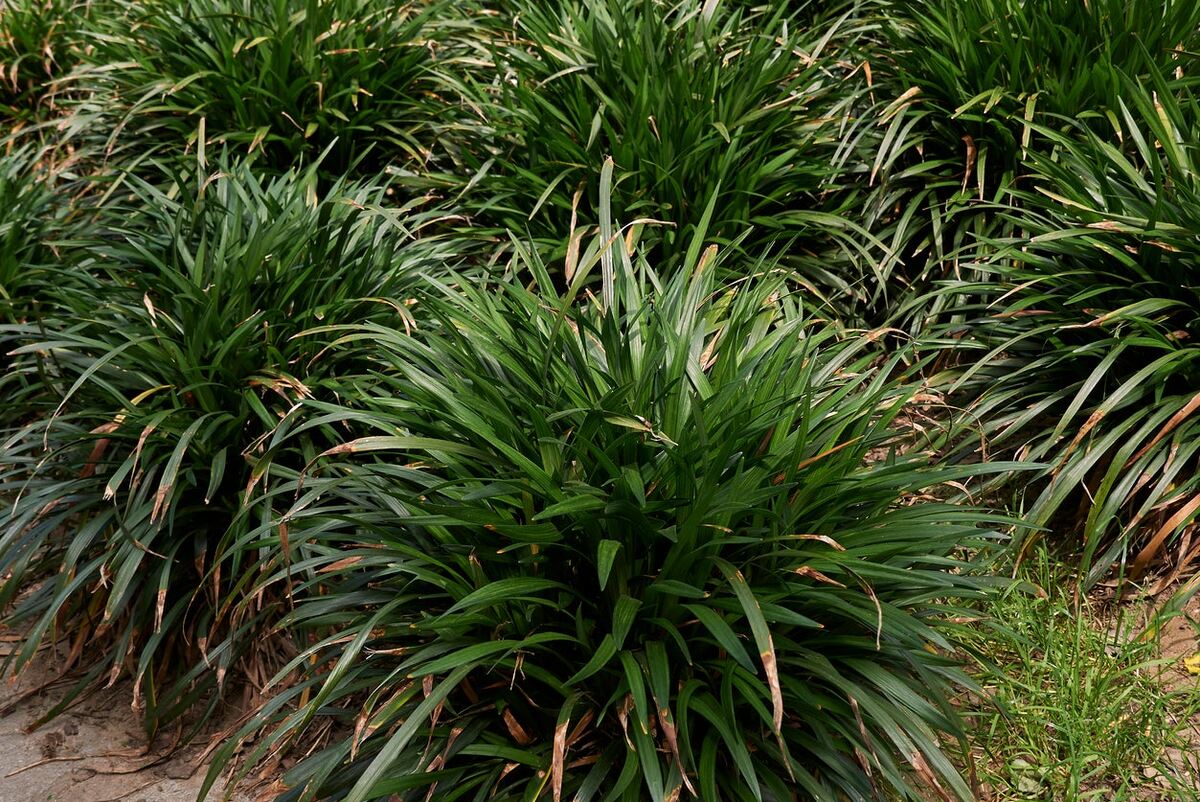
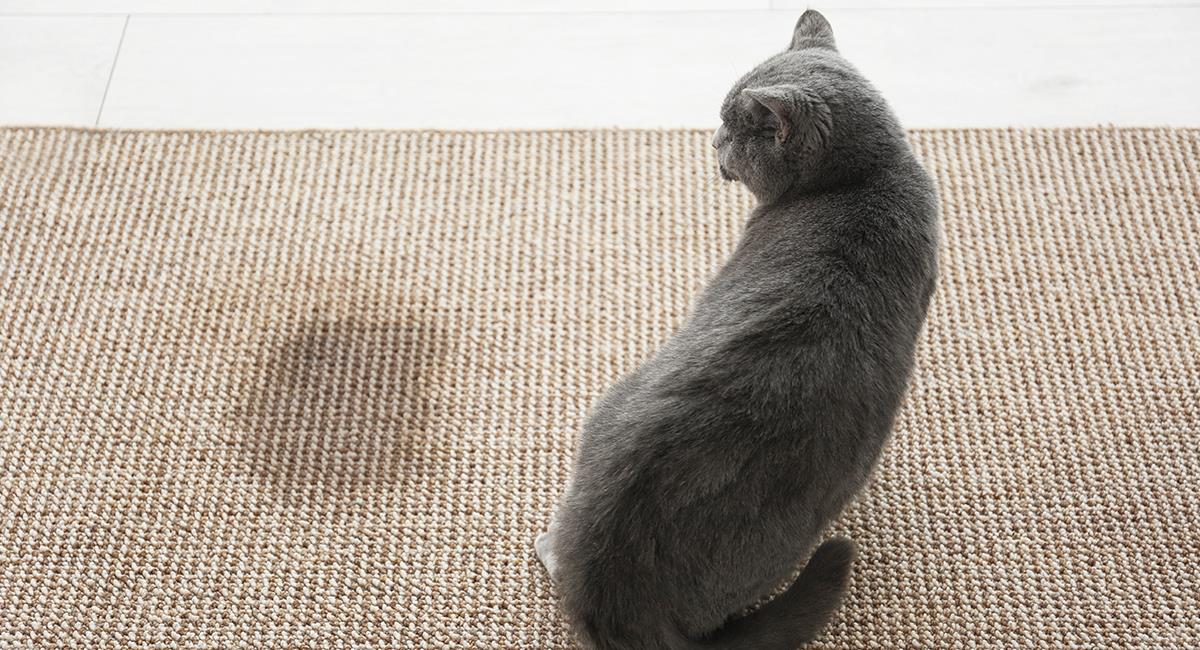
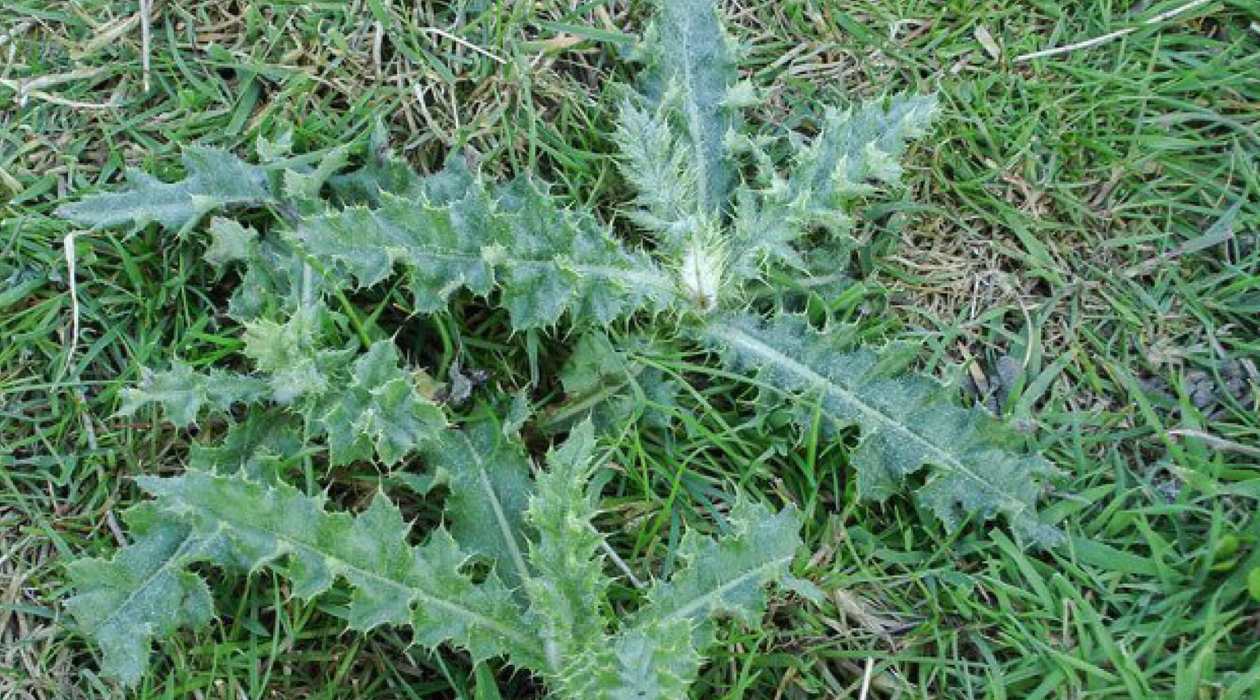
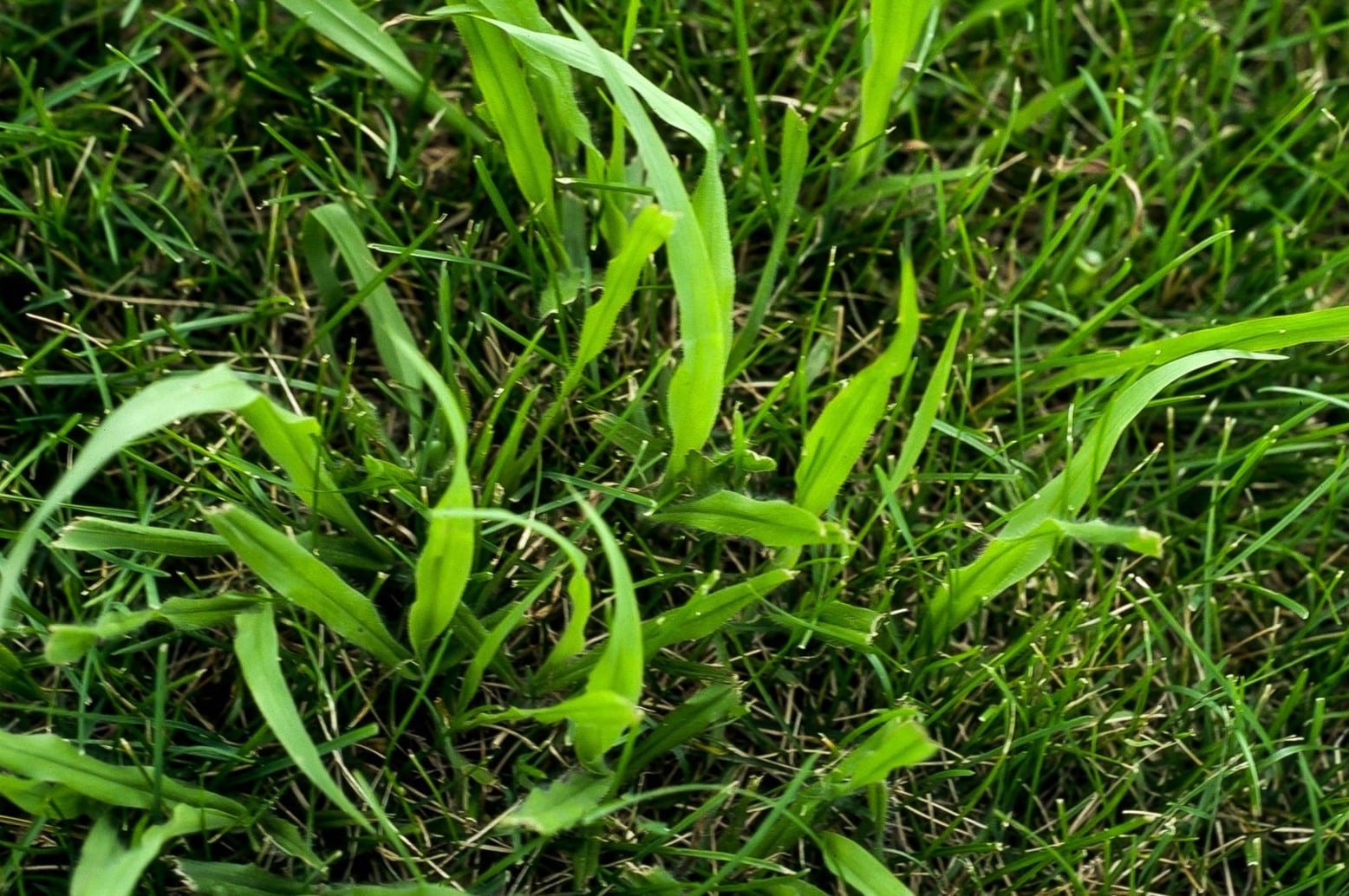

0 thoughts on “Why Does Pee Kill Grass”